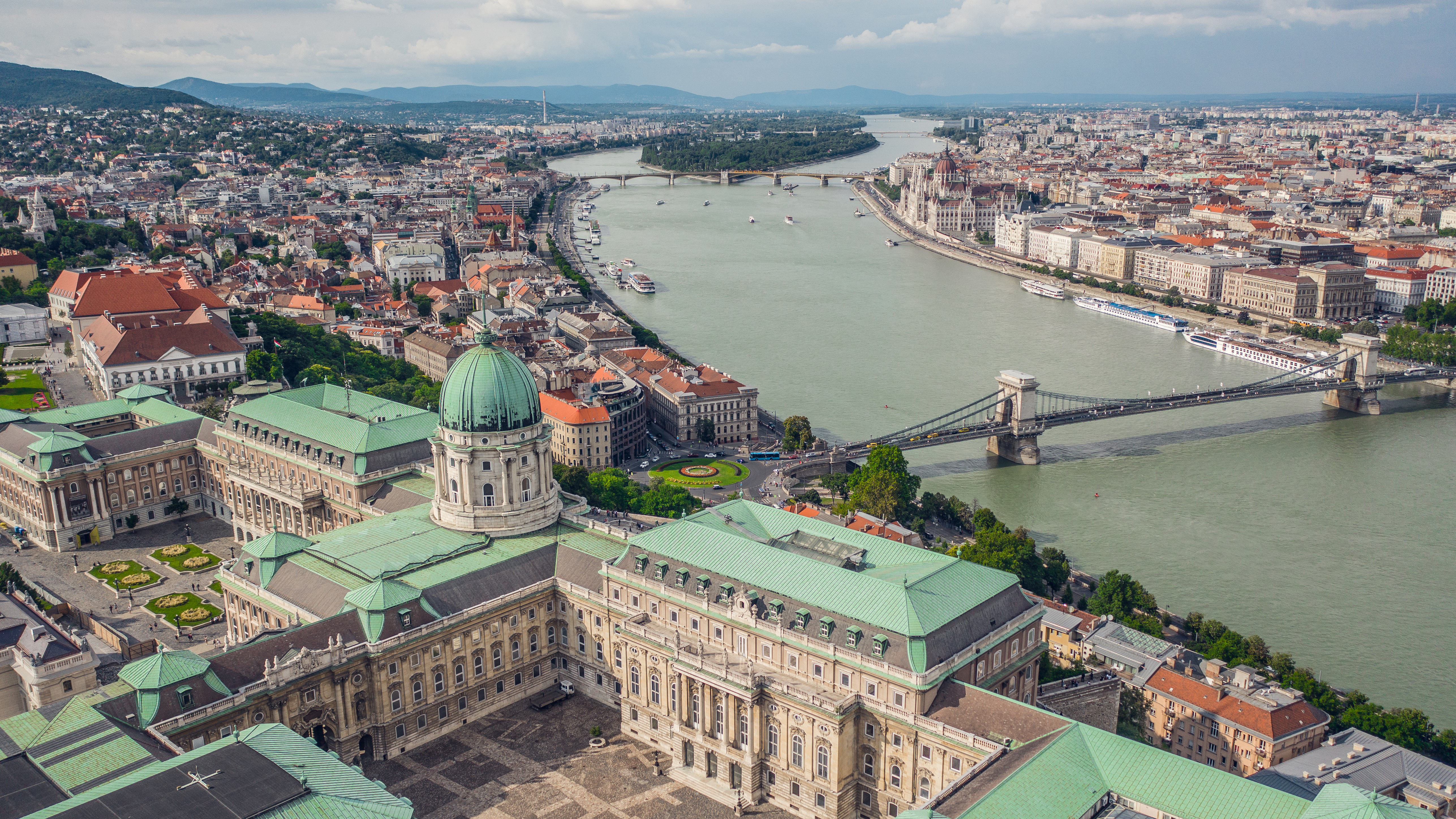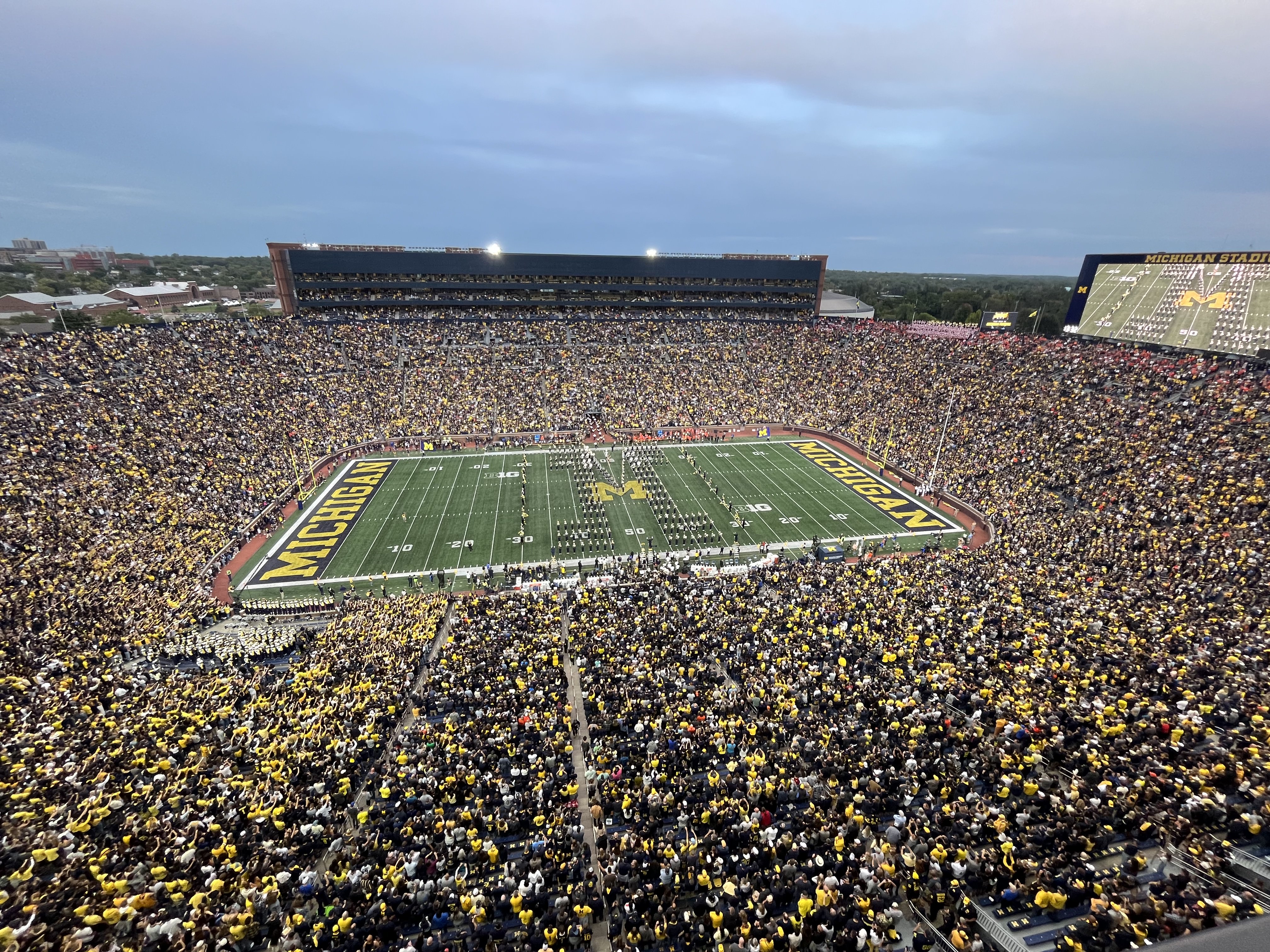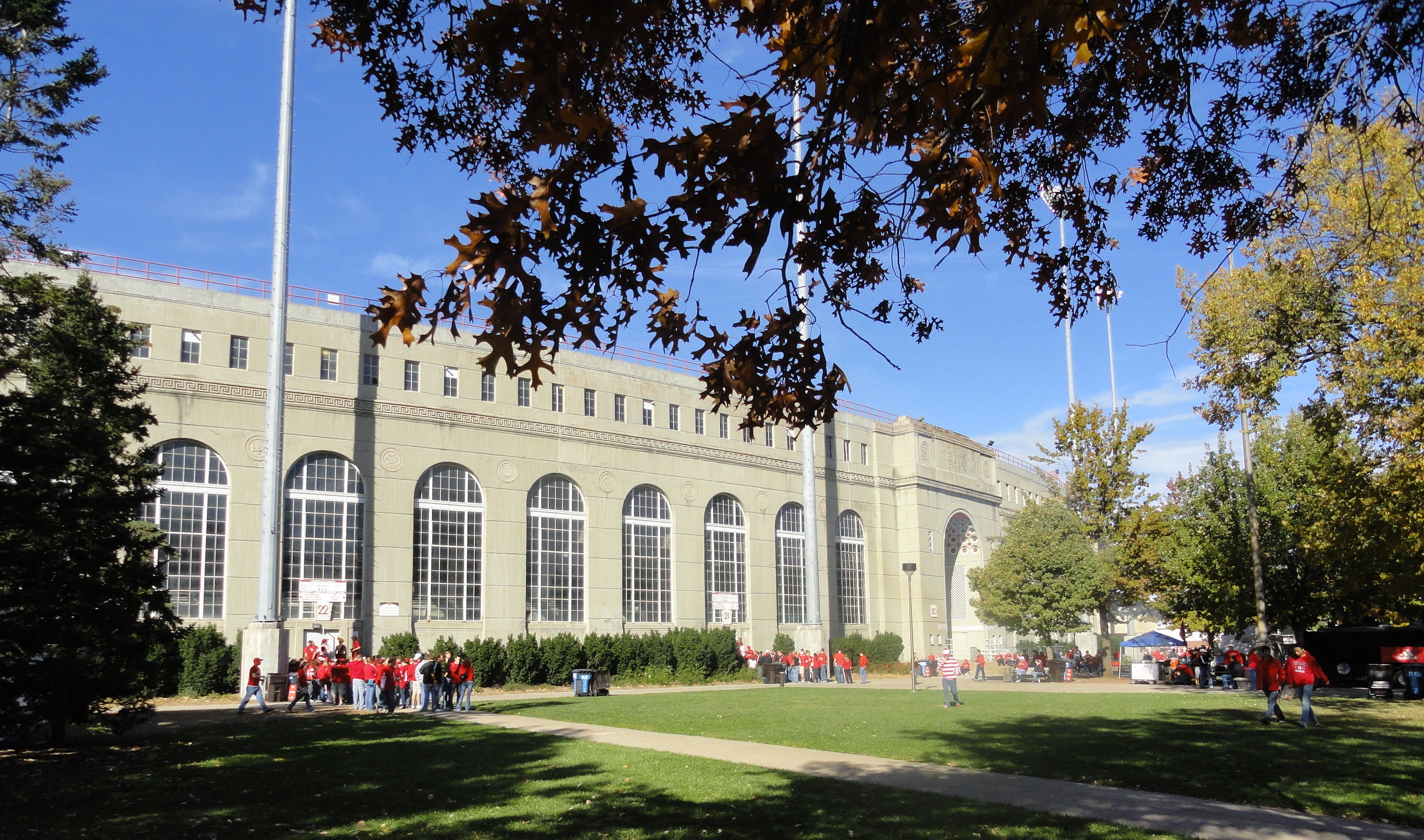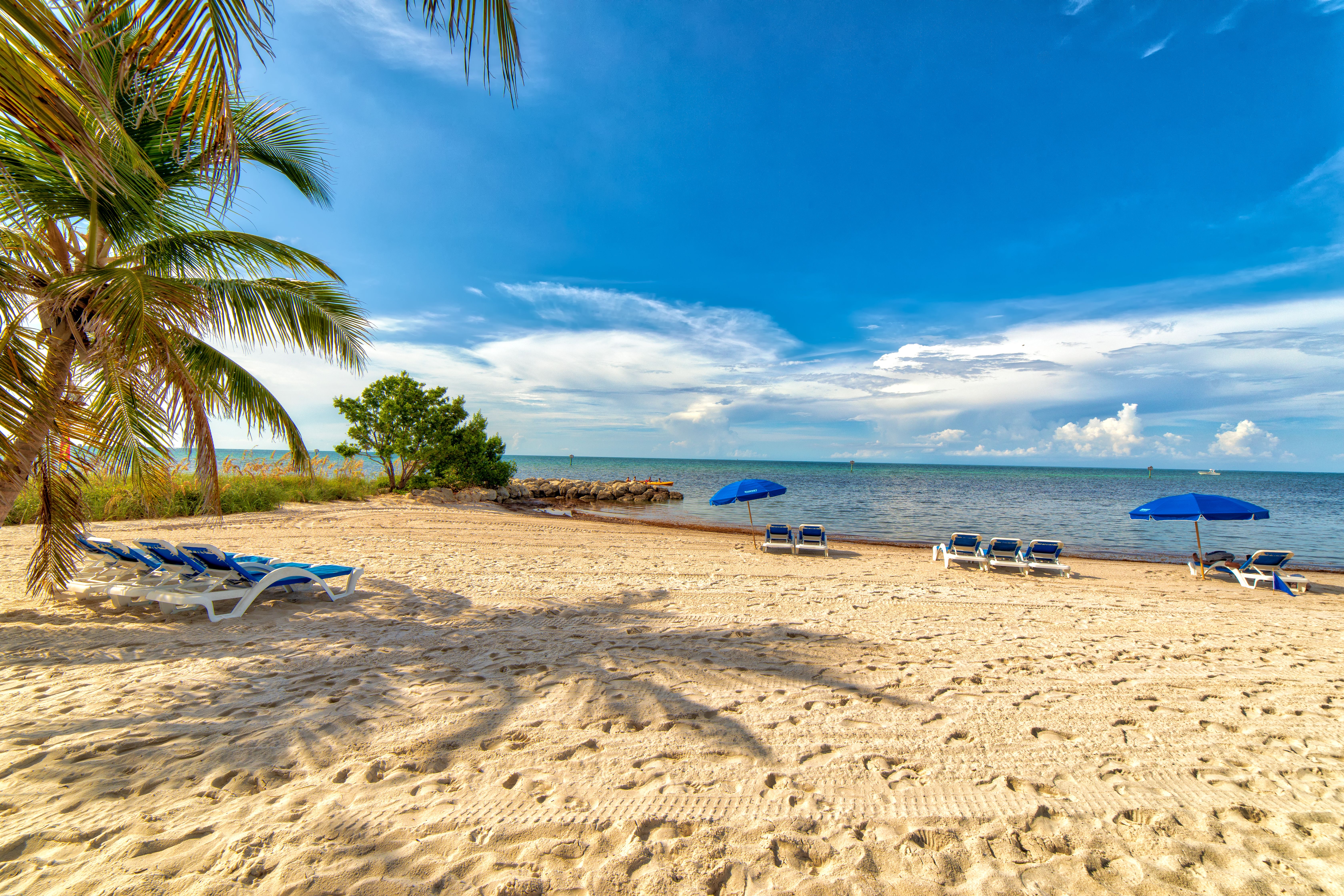13 Abandoned Cold War Bunkers Hiding Incredible Secrets
Forget dusty history books; the most visceral remnants of the Cold War lie buried deep beneath our feet. Scattered across the globe are colossal concrete and steel leviathans – abandoned bunkers built during an era gripped by the terror of nuclear annihilation. Once humming nerve centers or last-resort shelters, designed to withstand Armageddon, many now stand silent, slowly succumbing to time and nature. But these aren't just empty shells; they are time capsules brimming with secrets, whispering tales of classified technology, elaborate deception, Cold War paranoia, and the lives of those who waited for a war that thankfully never came. We're unlocking the blast doors on 13 of these incredible subterranean structures, revealing the mind-bending engineering, hidden purposes, and eerie legacies they conceal, offering a chilling glimpse into a world perpetually on the brink.
1. The Greenbrier Bunker (Project Greek Island), USA: Luxury Resort Deception
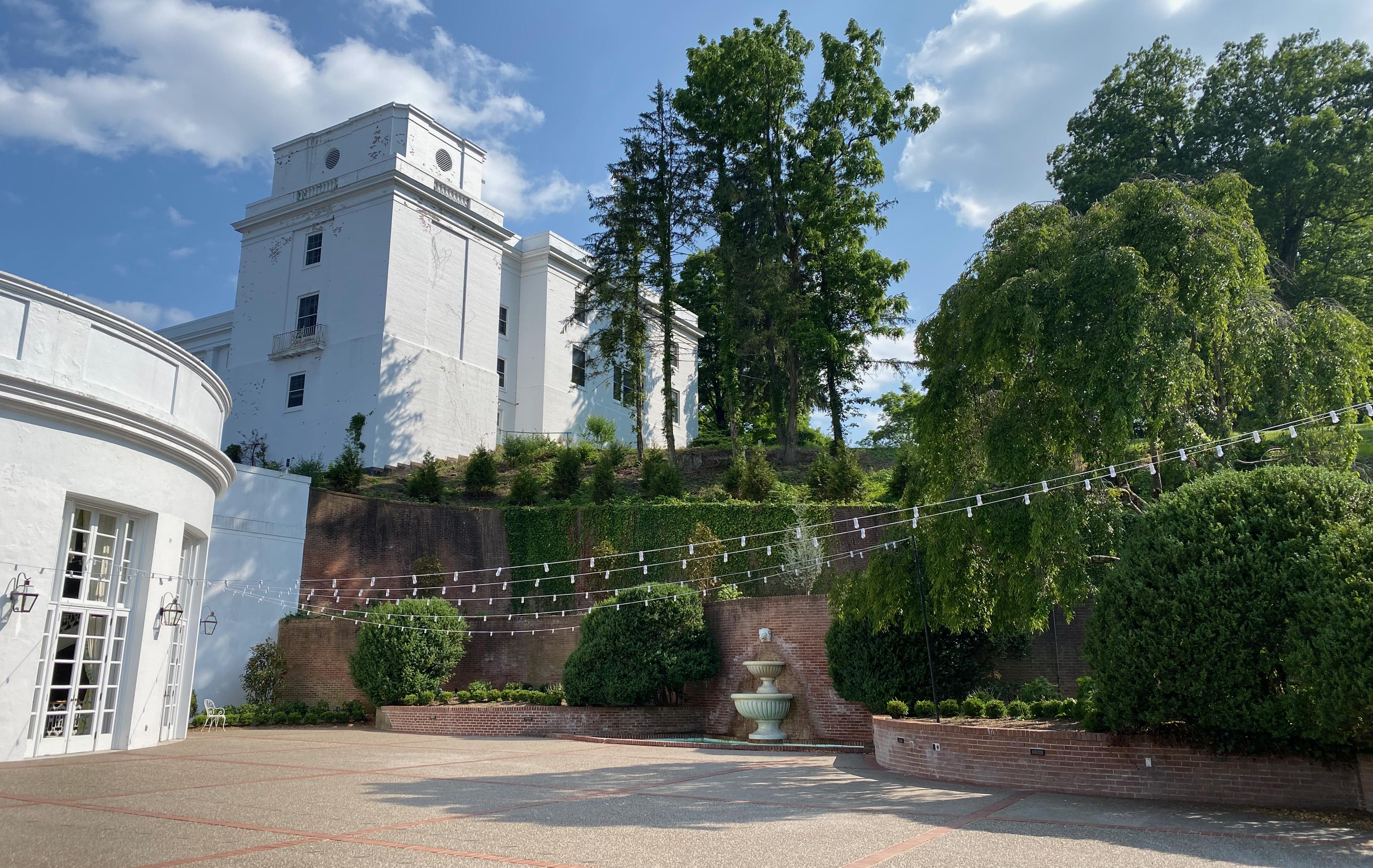
Beneath the opulent Greenbrier resort in West Virginia lay one of America’s best-kept secrets: a massive bunker designed to house the entire U.S. Congress in a nuclear war. Code-named "Project Greek Island," its existence remained classified for 30 years while hidden in plain sight behind specially designed walls within the hotel. Equipped with dorms, power plant, hospital, and even broadcast centers for post-apocalyptic addresses, its ingenious camouflage and scale remain astounding. Now declassified and visitable, it’s a chilling testament to the extent of Cold War continuity-of-government planning.
2. Cheyenne Mountain Complex, USA: The Mountain Fortress
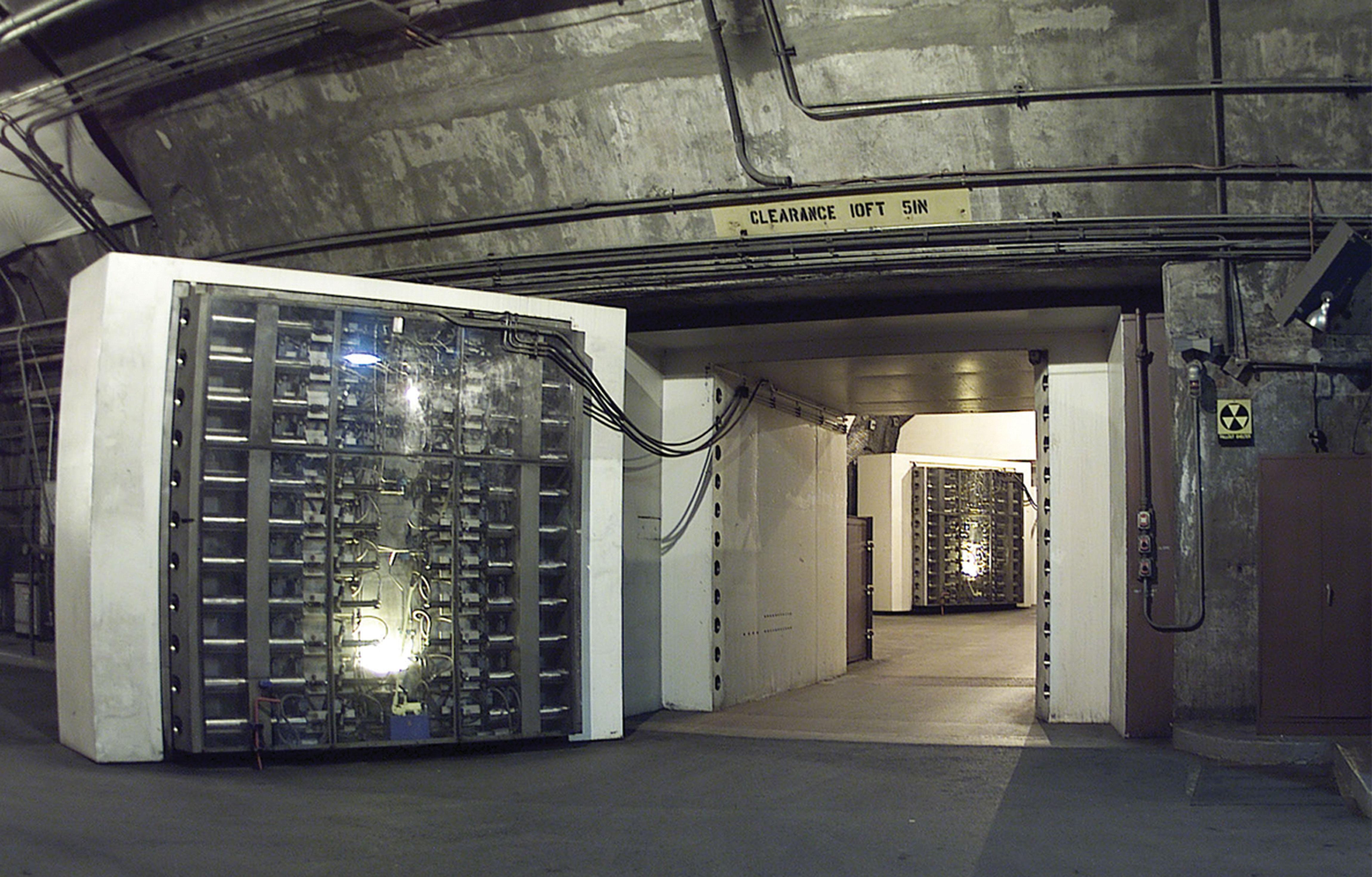
Immortalized in films like WarGames and the Stargate series, Cheyenne Mountain in Colorado isn't fiction. It houses a legendary command center built deep inside granite mountains. Designed to withstand direct nuclear hits, NORAD and USNORTHCOM operated from within massive chambers mounted on giant springs to absorb shockwaves. While its primary command functions have moved, the facility remains operational. Its secret isn't just its existence, but the sheer audacity of carving a self-sufficient, nuclear-proof nerve center into the heart of a mountain – Cold War engineering at its most extreme.
3. Kelvedon Hatch Secret Nuclear Bunker, UK: A Window into Regional Command

This unassuming bungalow in the Essex countryside hides the entrance to a massive, three-level underground bunker – a former Regional Government Headquarters (RGHQ). Designed to house hundreds of military and civilian personnel to run the region post-attack, Kelvedon Hatch is now a privately owned museum, preserved almost exactly as it was when decommissioned in 1992. Its secret lies in its authenticity: visitors walk through dormitories, command centers, and communication rooms filled with original equipment, offering a chillingly realistic glimpse into Britain's Cold War civil defence infrastructure.
4. Diefenbunker (CFS Carp), Canada: Canada's Cold War Seat of Government
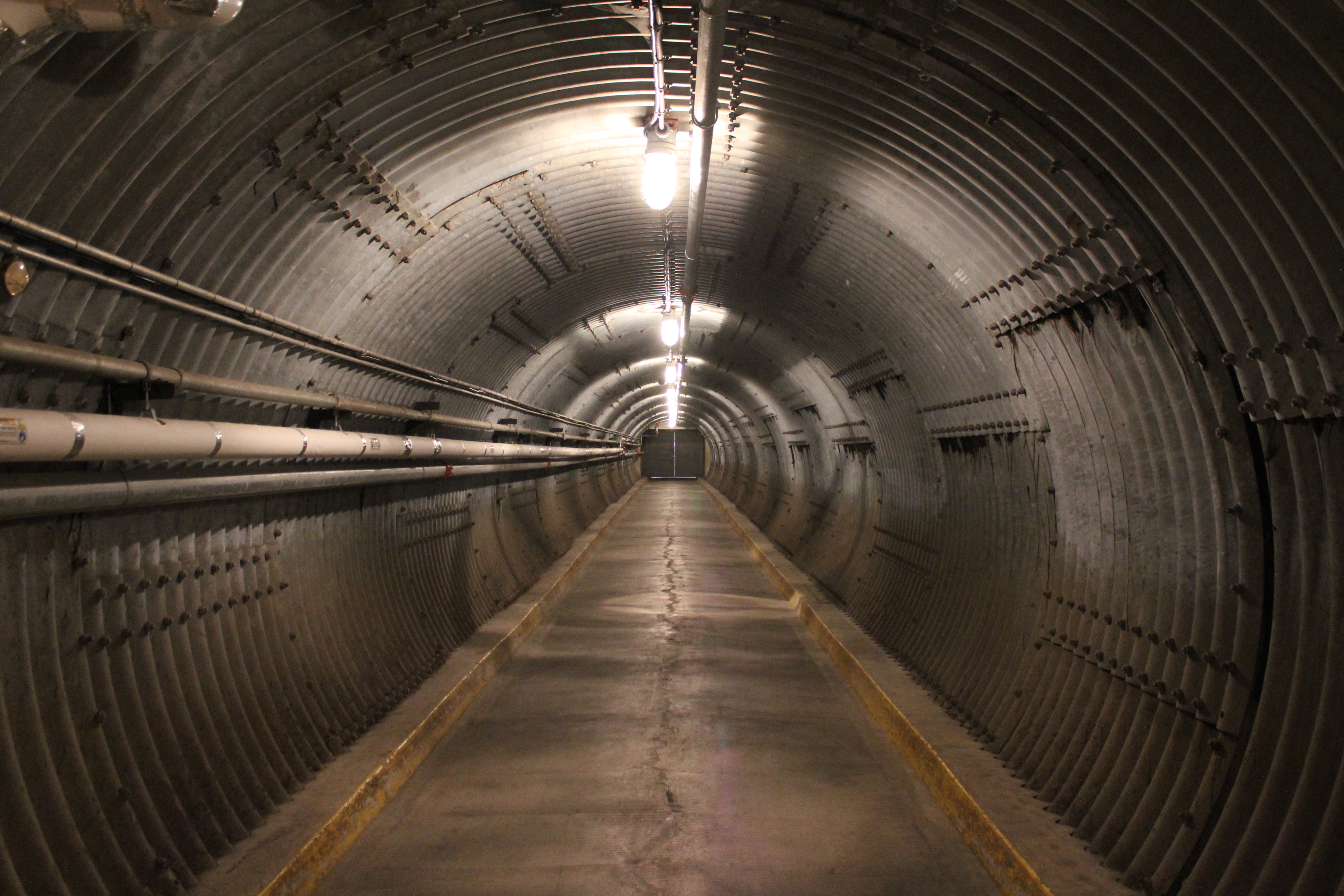
Just outside Ottawa lies Canada's own continuity-of-government bunker, officially CFS Carp but nicknamed the "Diefenbunker" after Prime Minister John Diefenbaker. This four-story, 100,000-square-foot underground complex was built to house key government and military officials during a nuclear attack. Decommissioned and now Canada's Cold War Museum, its secret is its preserved snapshot of the era – complete with the Prime Minister's suite, the CBC broadcast studio, a medical center, and the ominous Bank of Canada vault, all designed to function independently for 30 days.
5. Teufelsberg Listening Station, Berlin, Germany: Spies on Devil's Mountain
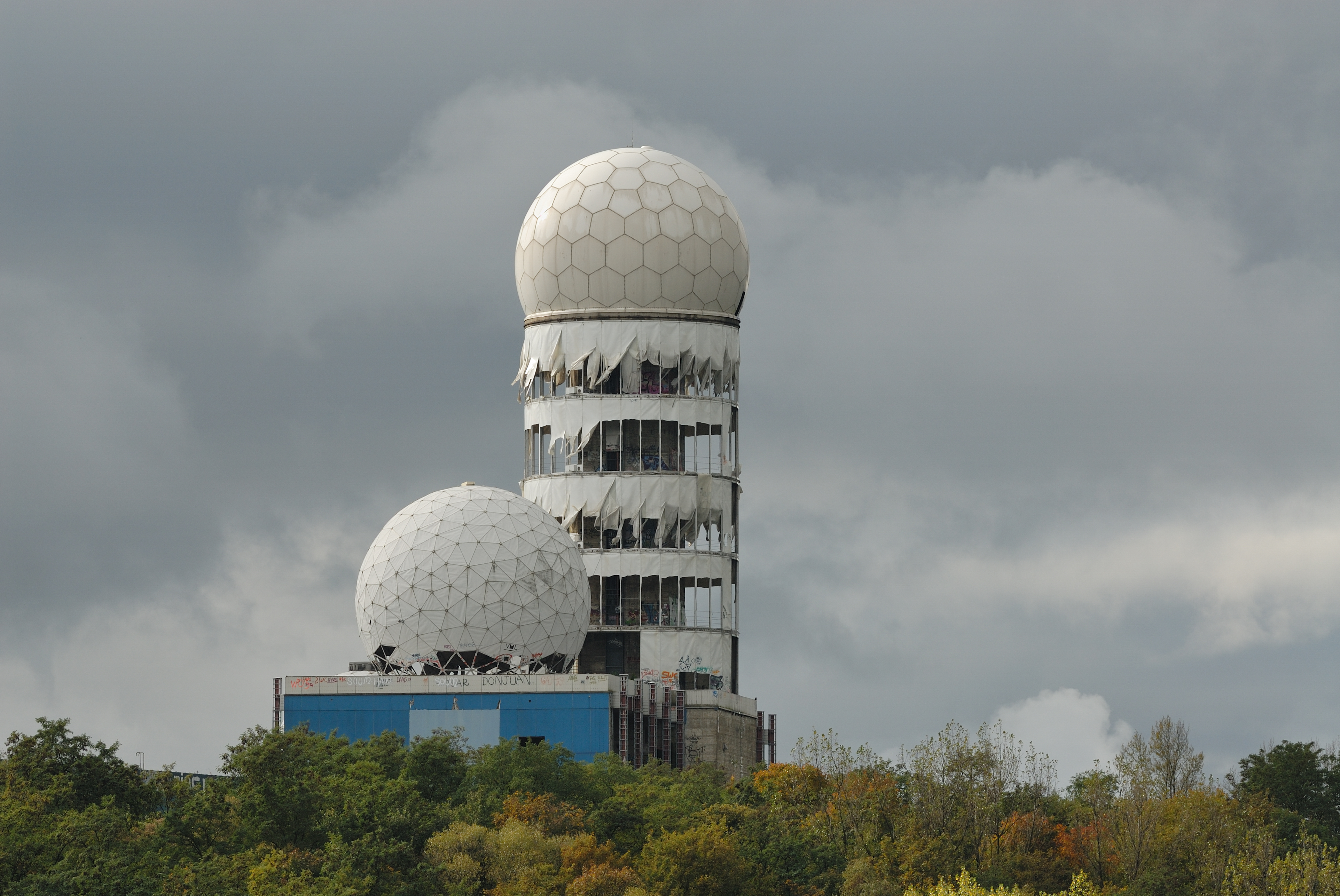
Perched atop a man-made hill built from WWII rubble ("Devil's Mountain"), Teufelsberg housed a crucial US National Security Agency (NSA) listening station during the Cold War. Its iconic geodesic domes concealed powerful antennas used to intercept Soviet, East German, and other Eastern Bloc communications. Now abandoned, the site is covered in graffiti art and offers panoramic Berlin views. Its secret is its tangible link to Cold War espionage – a silent sentinel that eavesdropped across the Iron Curtain, now an eerie, decaying monument to intelligence gathering.
6. Balaklava Submarine Base (Object 825 GTS), Crimea: The Hidden Fleet
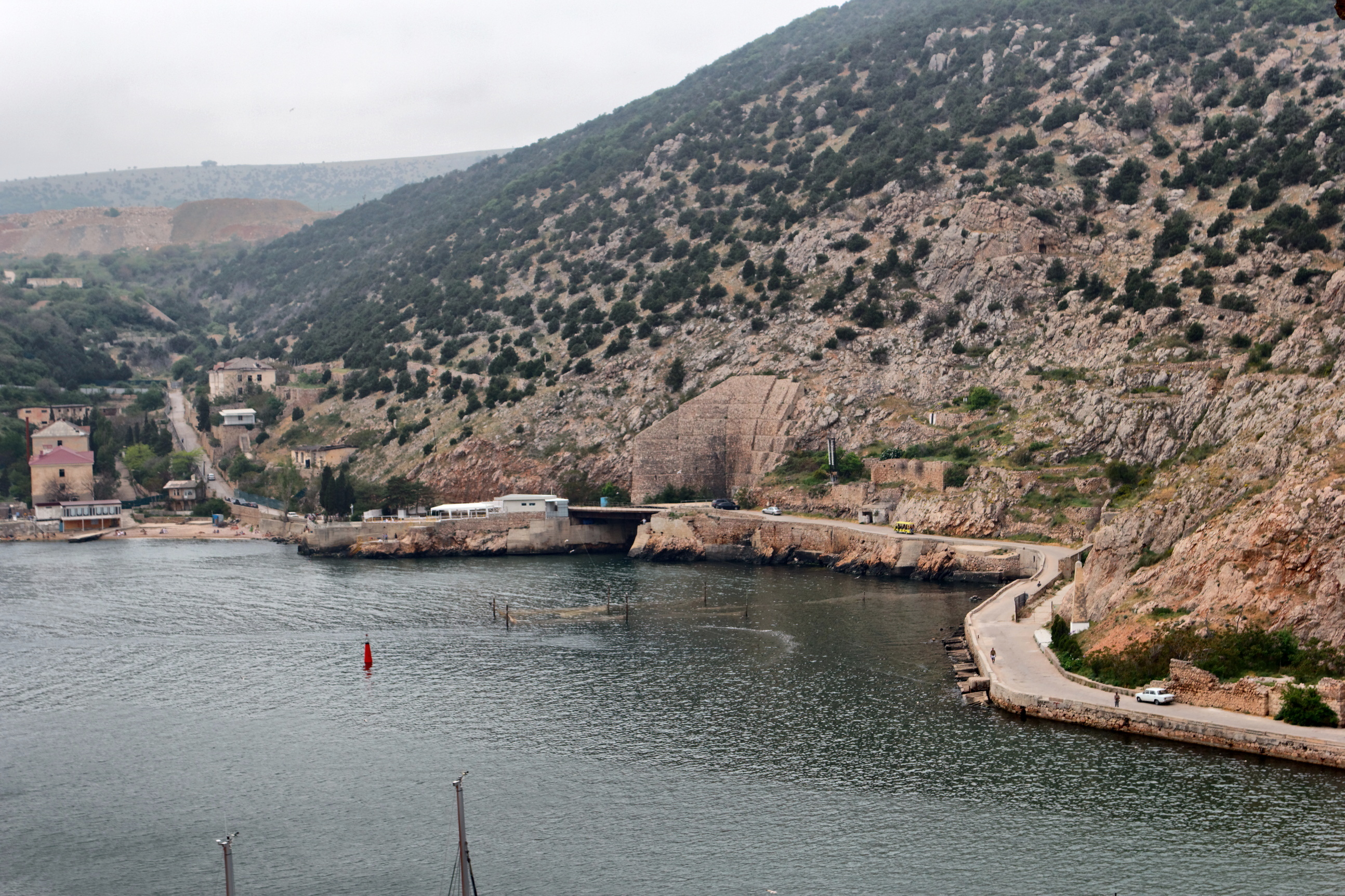
Carved deep into the mountainside near Balaklava, this colossal underground complex was a top-secret Soviet base for servicing and sheltering nuclear submarines. Designed to survive a direct nuclear hit, it featured a hidden canal system allowing submarines to enter directly from the sea, disappear into the mountain, undergo repairs, and reload torpedoes, all completely concealed from spy satellites. Its secret is the sheer scale and audacity of constructing an invisible, nuclear-proof submarine lair – a Bond villain-esque feat of engineering.
7. Plokštinė Missile Base, Lithuania: Soviet Nuclear Silos Uncovered
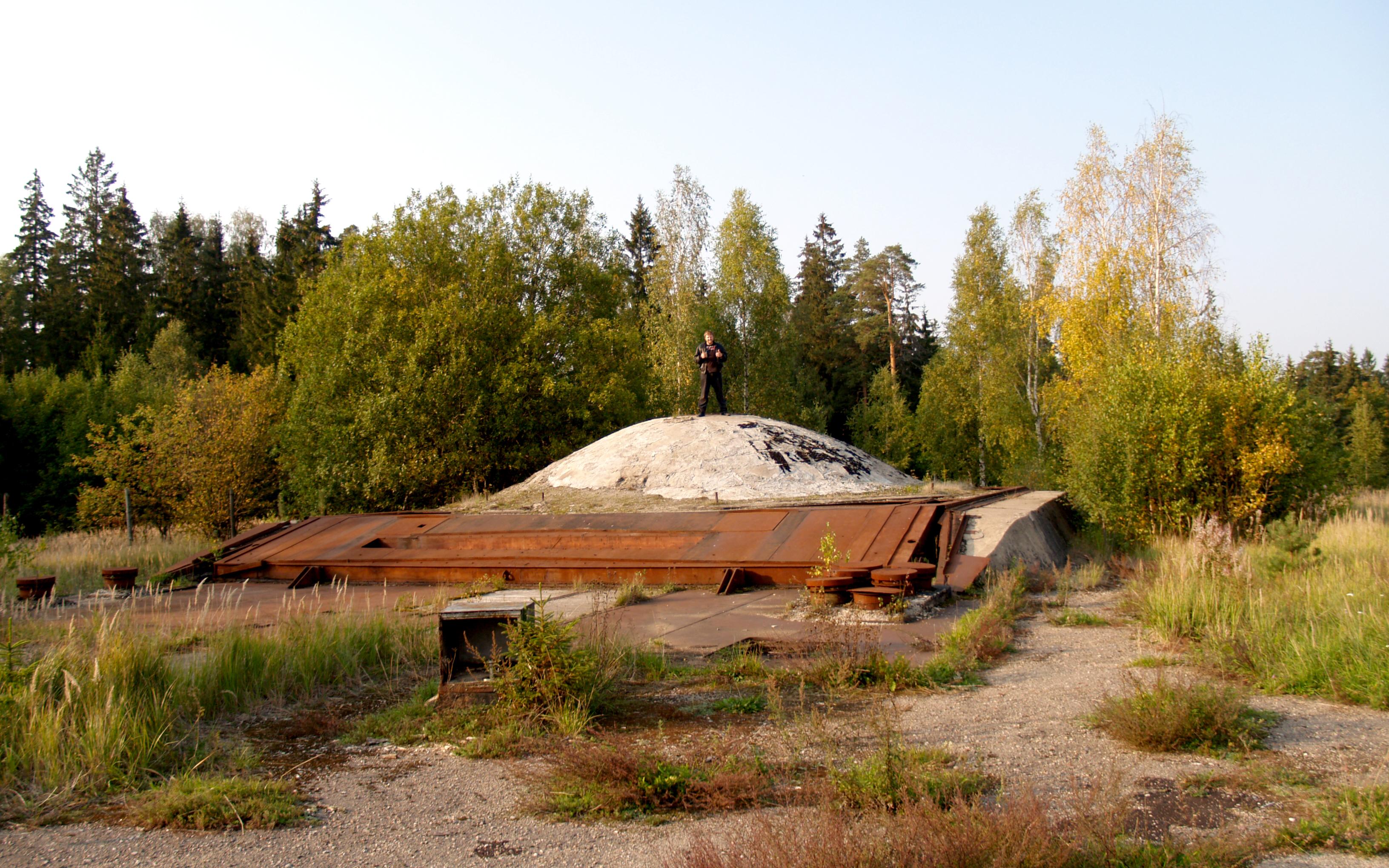
Hidden deep within Lithuanian forests, this former Soviet base was one of the first underground launch sites for nuclear-armed R-12 Dvina medium-range ballistic missiles aimed at Western Europe. Decommissioned after the Cold War, it's now home to an incredible Cold War Museum. Visitors can descend into the remarkably preserved concrete silos, stand where nuclear missiles once waited, and explore the command bunkers. Its secret is providing a rare, chillingly direct look inside the operational heart of the Soviet nuclear deterrent infrastructure.
8. Object 17/5001, near Prenden, Germany: East Germany's Doomsday HQ
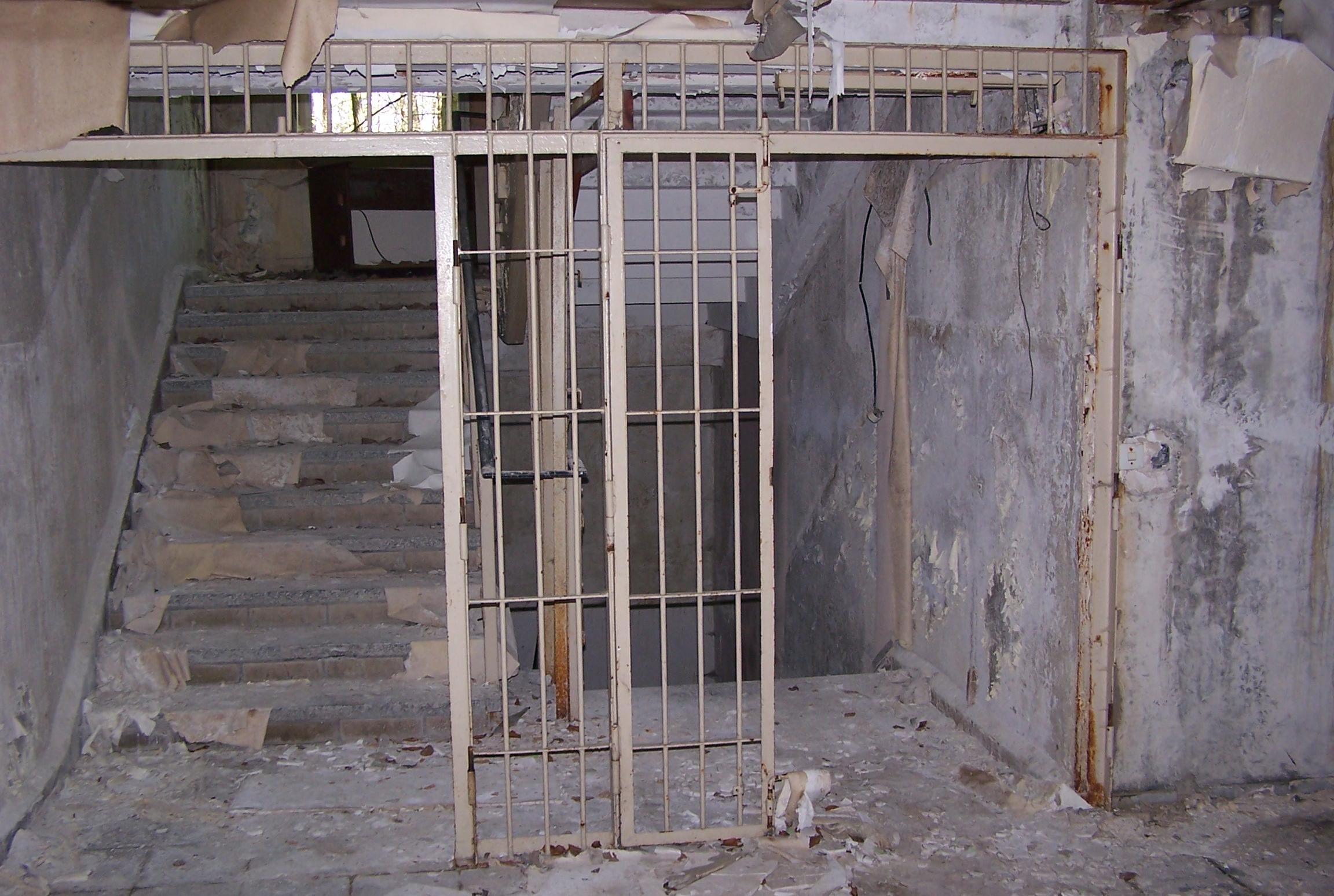
One of the largest and most sophisticated bunkers in the Eastern Bloc outside the USSR, this sprawling complex was built to house the East German political and military leadership (around 400 people) in case of nuclear war. Known colloquially as the "Honecker Bunker," its sheer scale, depth, advanced (for its time) technology, and extensive self-sufficiency systems were kept highly secret. Now partially accessible for tours, it reveals the extent of the GDR's preparations for Armageddon and the resources poured into protecting the communist elite.
9. Site R (Raven Rock Mountain Complex), USA: The "Underground Pentagon"
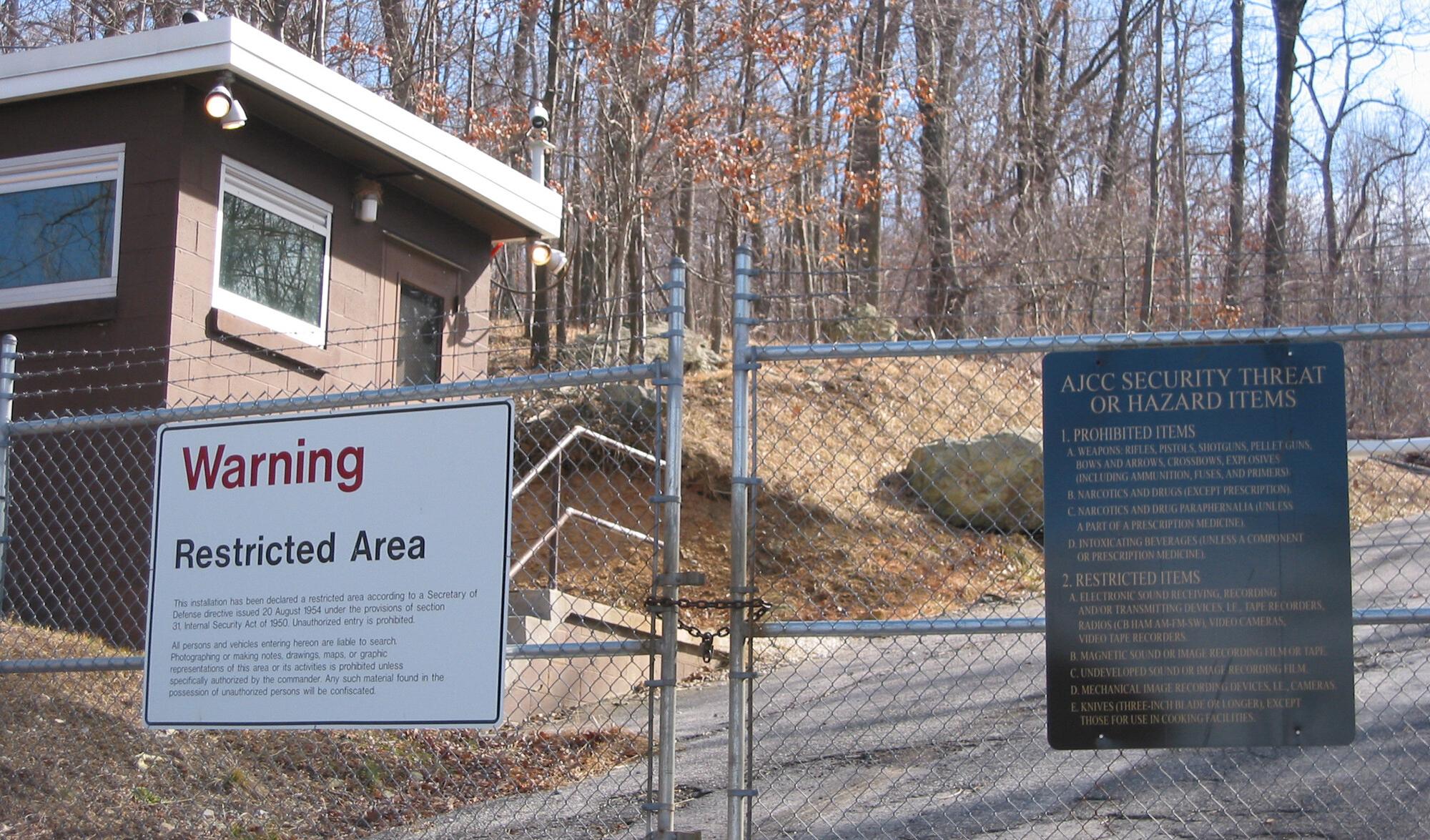
Tucked away in the mountains near the Pennsylvania-Maryland border lies Site R, another critical US continuity-of-government and military command bunker. Often dubbed the "Underground Pentagon," its exact capabilities and current functions remain highly classified, although it's known to be a major communications hub and relocation site. Its enduring secret lies in its continued operational status and the intense secrecy surrounding its modern role within the US national security apparatus – a Cold War fortress still very much alive and hidden.
10. Burlington Bunker (Corsham), UK: Britain's Secret Underground City
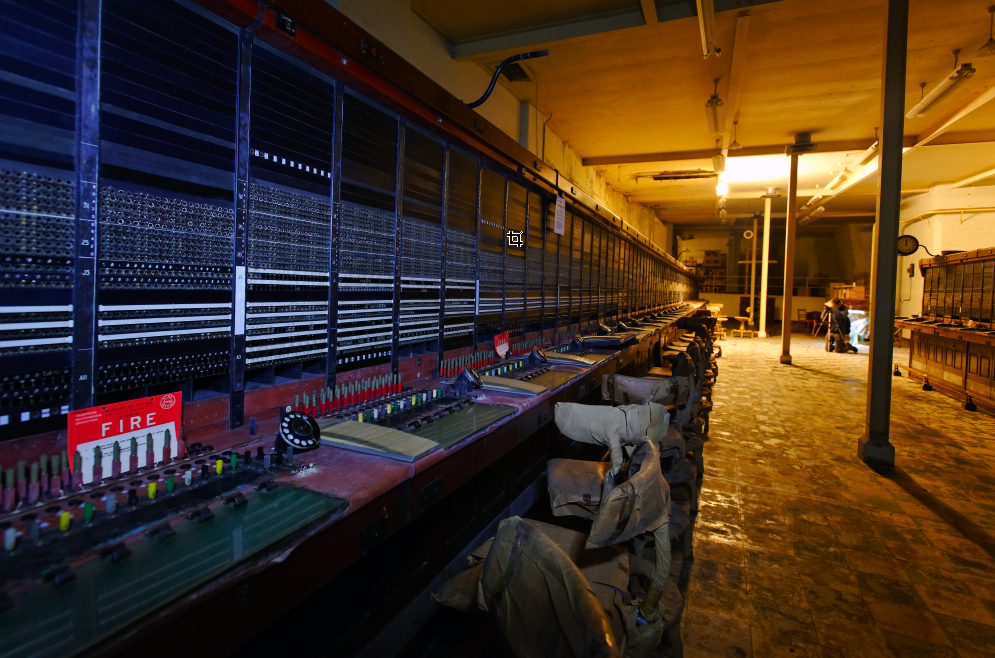
Vaster and more secret than Kelvedon Hatch, the Burlington Bunker near Corsham, Wiltshire, was an enormous underground complex designed to house up to 4,000 key government personnel for months after a nuclear attack. Built within converted Bath stone quarries, it reportedly contained offices, dormitories, kitchens, hospitals, its own lake, and even a BBC studio. Its true scale and specifics remained highly classified for decades. While largely decommissioned, its immense size and the decades of secrecy surrounding this subterranean 'city' make it legendary.
11. Željava Air Base, Croatia/Bosnia: The Mountain's Aircraft Carrier

Built into the base of Mount Plješevica, Željava was one of Europe's largest underground airbases, designed to protect Yugoslavian fighter jets from nuclear attack. It housed multiple squadrons within extensive tunnels and featured five runways emerging directly from the mountain. Heavily damaged during the Yugoslav Wars, its entrances are now sealed or dangerous to explore. Its secret is the sheer ambition of constructing hangers and operational facilities for jet fighters inside a mountain – an incredible feat now left as a haunting, ruined testament to Cold War strategy.
12. Mount Weather Emergency Operations Center, USA: FEMA's Hidden Hub

Located in the Blue Ridge Mountains of Virginia, Mount Weather is another key US continuity-of-government facility, primarily operated by FEMA. It serves as a major relocation site for high-level civilian officials (including potentially the President via specific protocols) during national emergencies. Like Site R, its full capabilities and current operations are classified, but it's known to be a sprawling underground complex with sophisticated communications and life support. Its secret is its central role in US disaster and emergency command, hidden away yet perpetually ready.
13. RAF Hack Green, UK: From Radar Defense to Museum
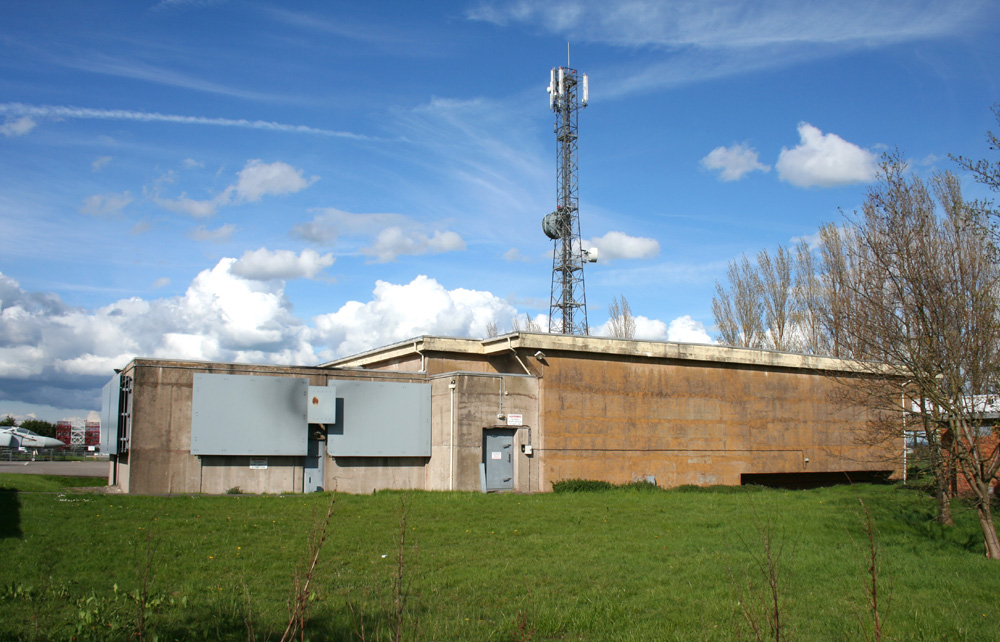
This former government-owned site in Cheshire played roles from WWII radar station to Cold War Regional Government Headquarters (RGHQ) bunker. Designed to protect key personnel and coordinate regional response after nuclear attack, it was decommissioned in 1993. Now a museum, Hack Green's secret lies in its extensive collection of original Cold War equipment displayed in situ – teleprinters clatter, radar screens glow, offering an incredibly atmospheric and authentic immersion into the technology and tense atmosphere of Britain's civil defence network during the nuclear standoff.
Unlocking the Bunker: Legacies of a World on Edge
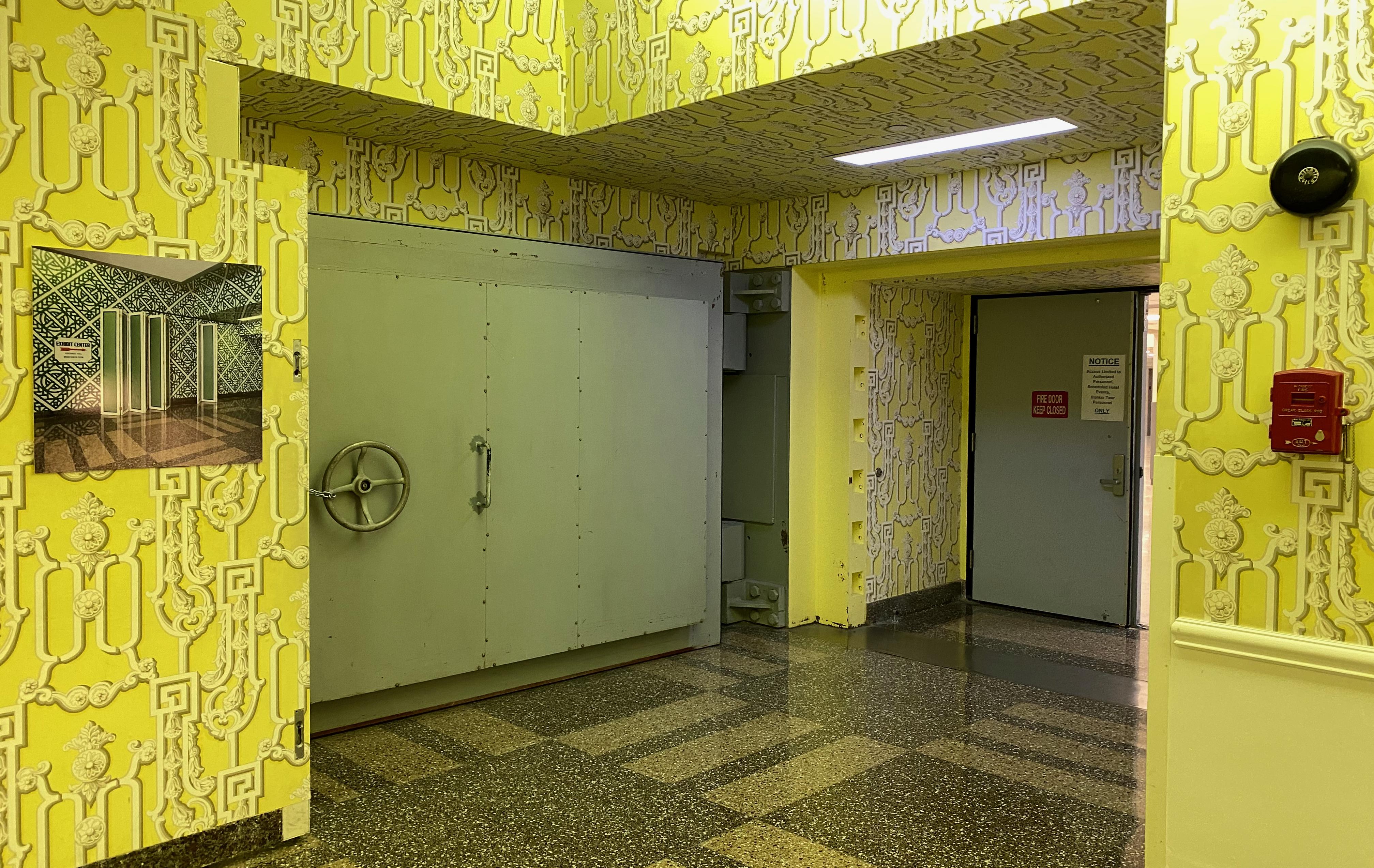
These 13 bunkers, scattered across continents, represent more than just concrete and steel buried underground. They are chilling monuments to the Cold War's pervasive fear and the monumental resources dedicated to preparing for nuclear apocalypse. From secret congressional hideouts under luxury resorts to hidden submarine bases and vast underground command posts, each site reveals incredible secrets of engineering, strategy, espionage, and the human element of living on the brink. Exploring their silent corridors and deciphering their hidden histories offers a profound, tangible connection to an era that shaped our modern world, reminding us of the fragility of peace and the extraordinary measures taken in the name of survival.

